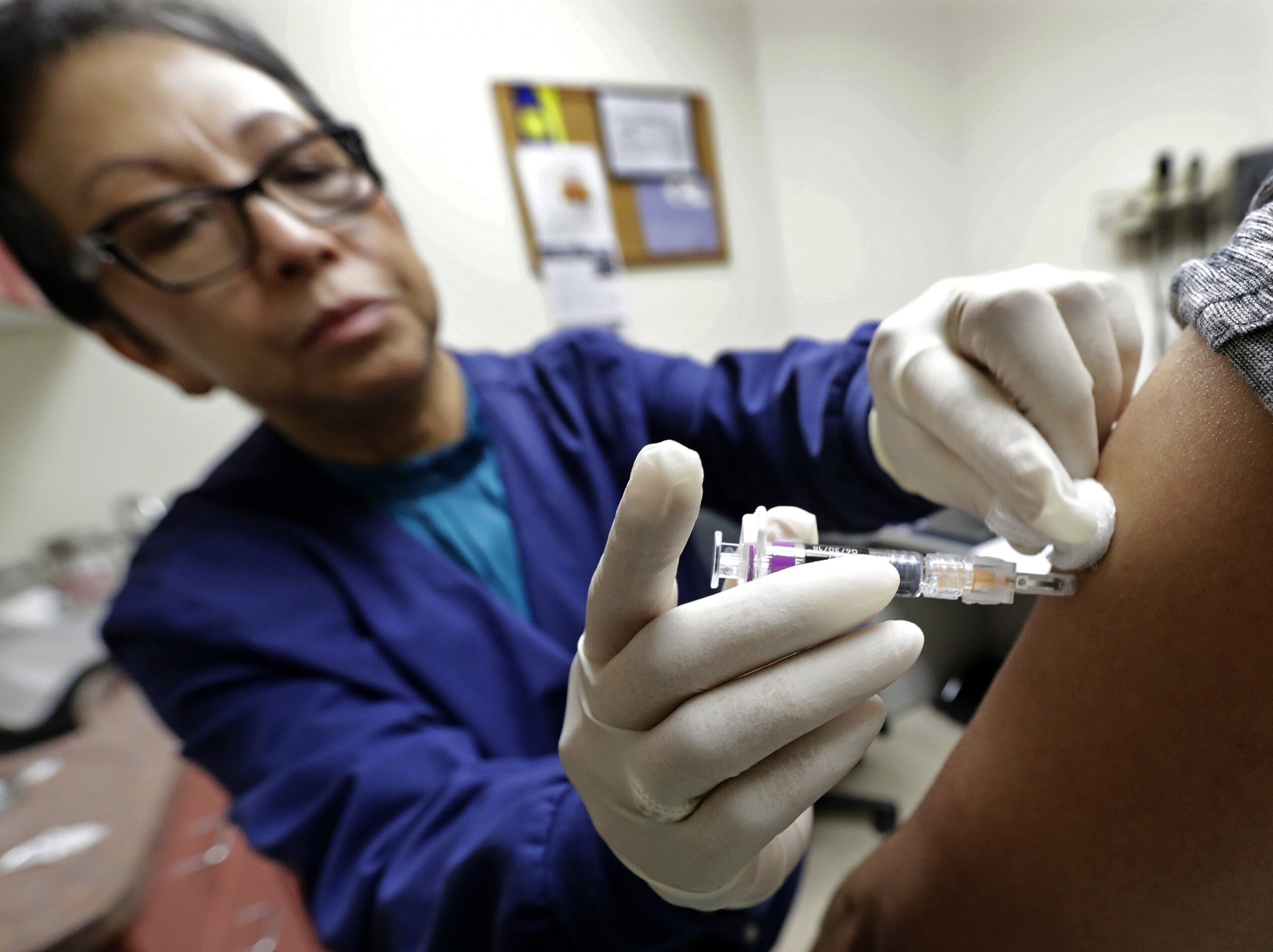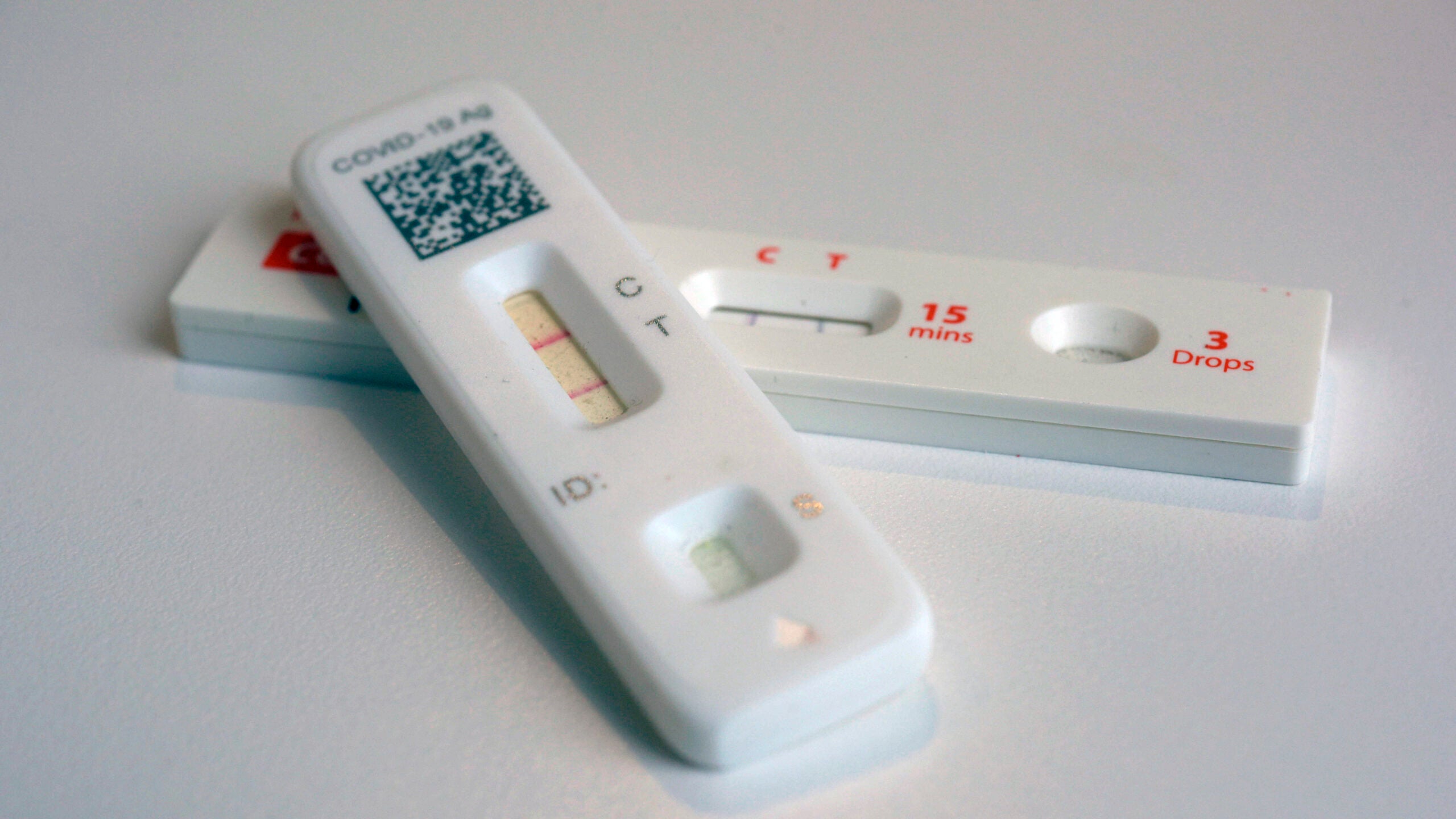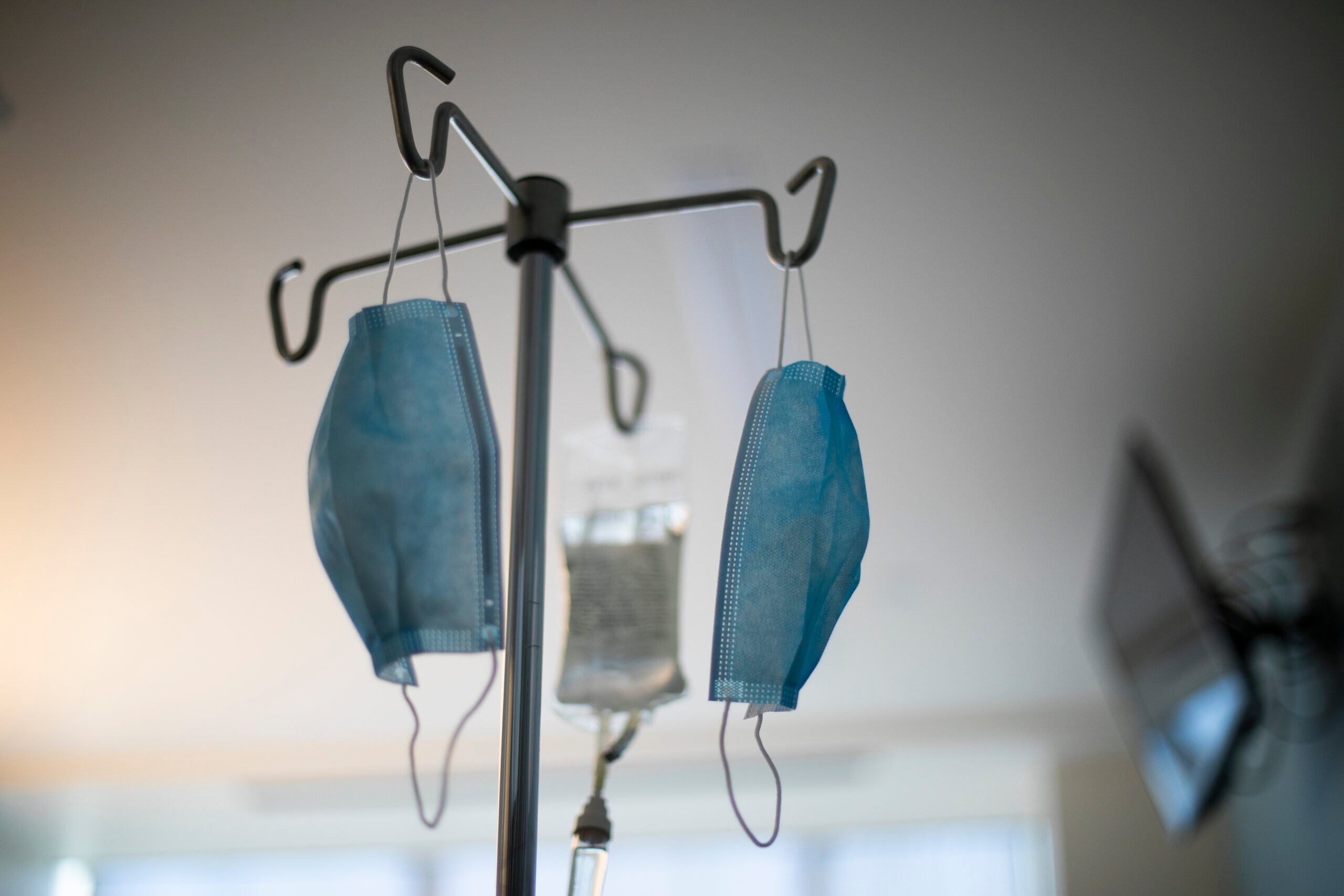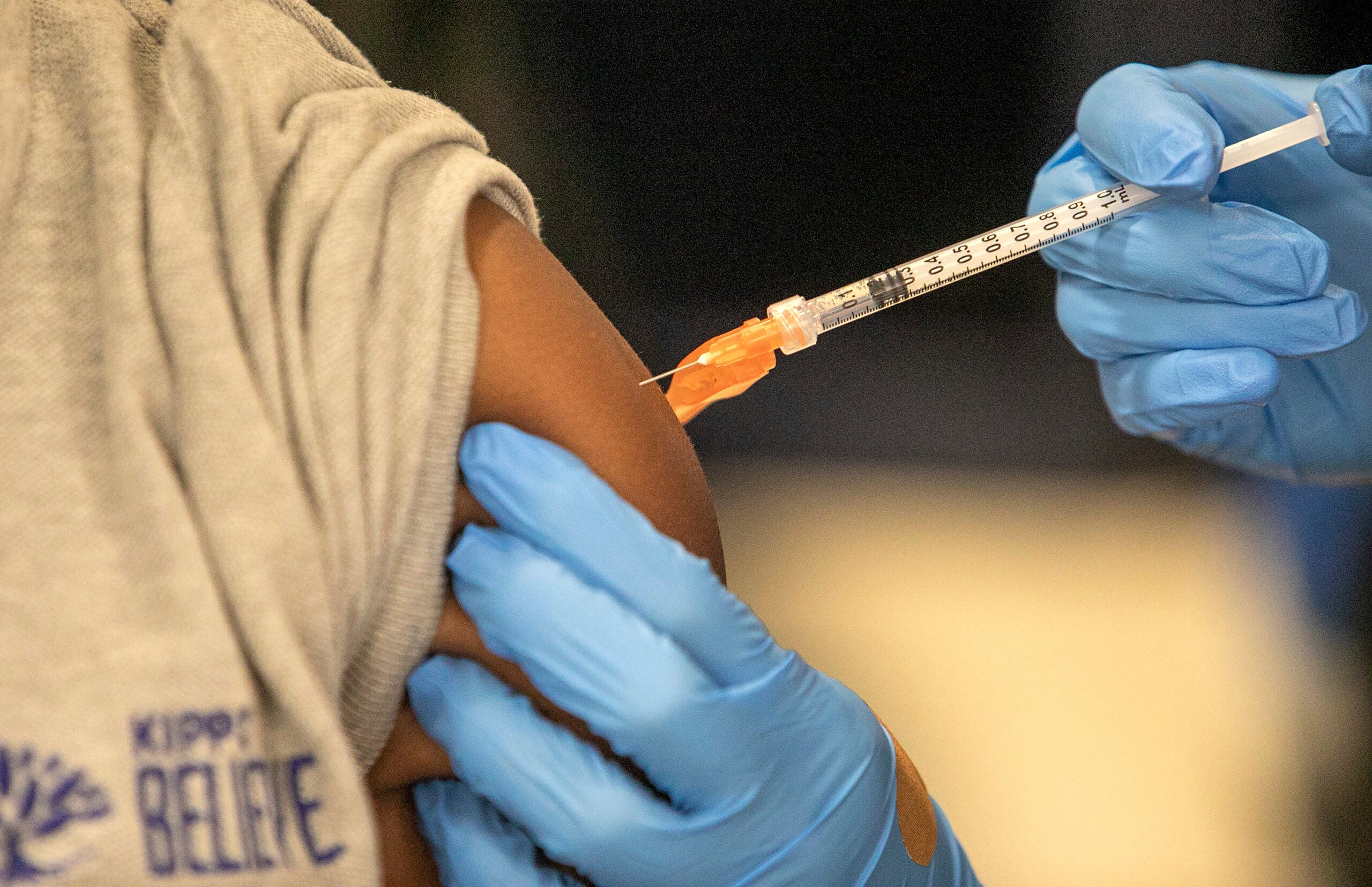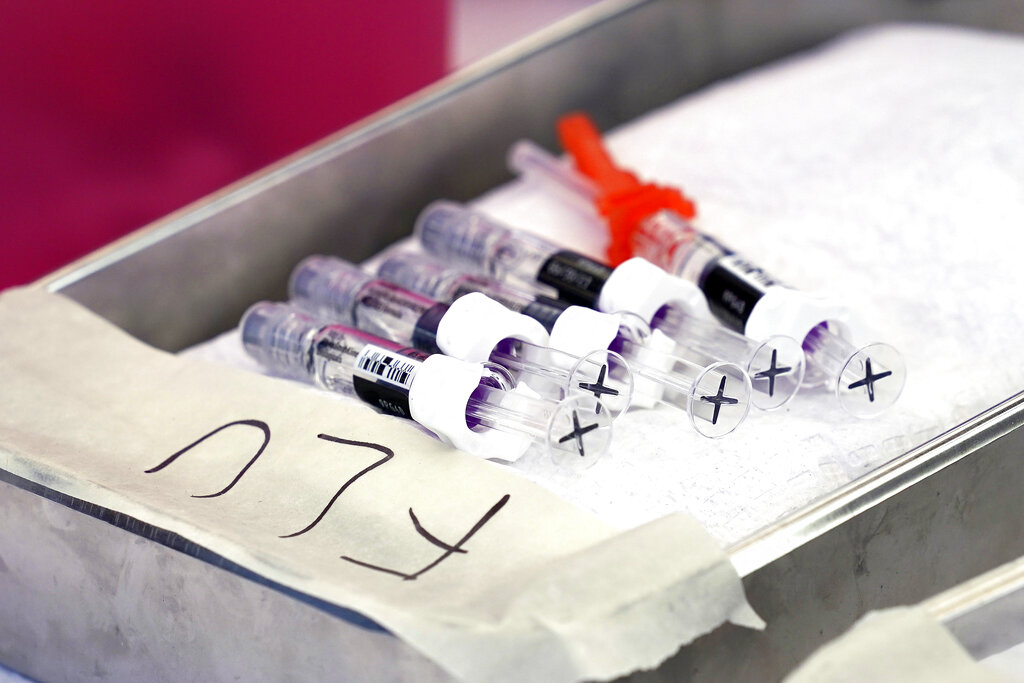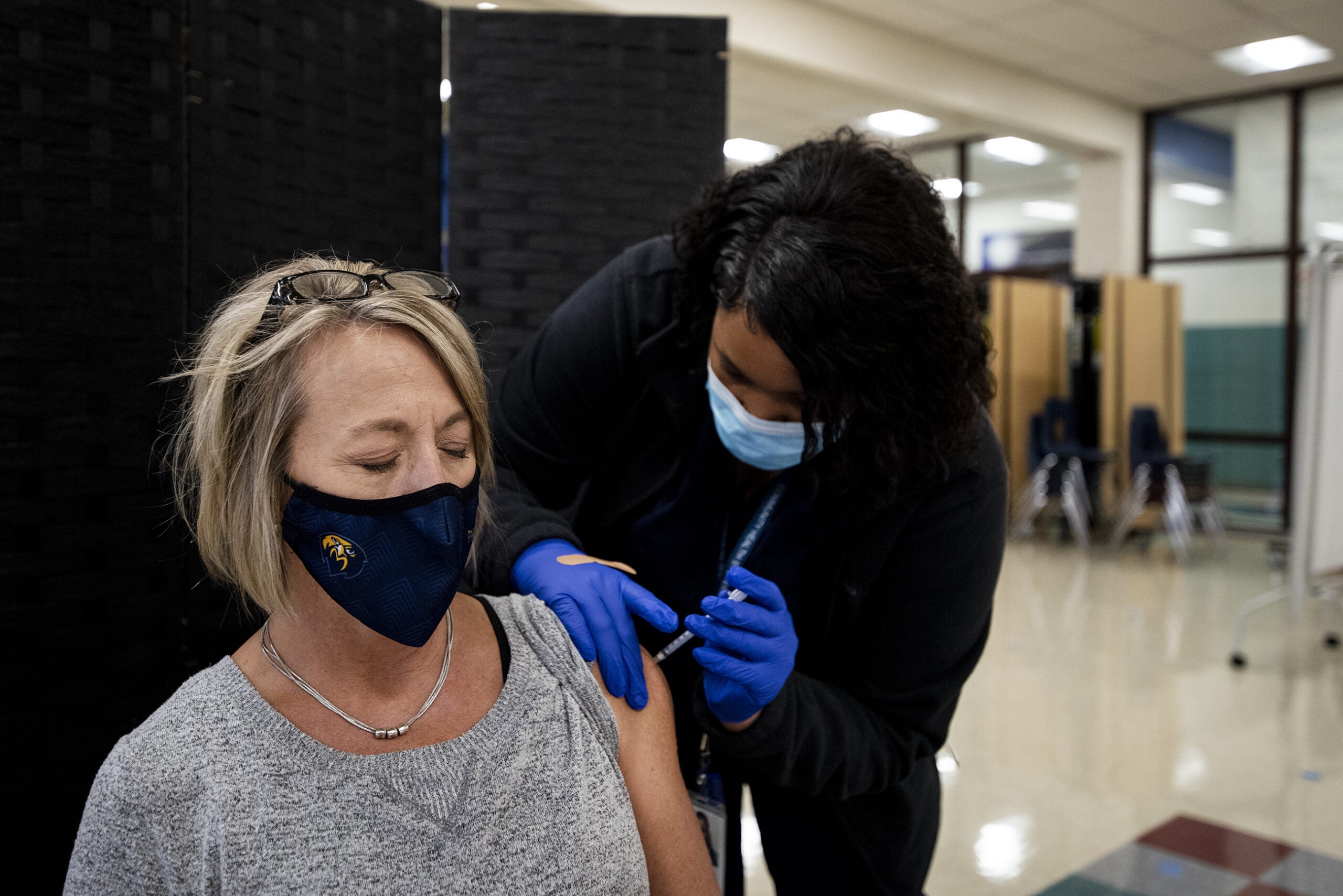Early in the pandemic, health care workers noted an alarming trend: people of color were dying at higher rates from COVID-19. This was happening in Wisconsin and continues across the country.
Researchers at Mayo Clinic are working with more than 100 Black churches and community medical centers in the Twin Cities to try to close this health gap through a program called Fostering African-American Improvement in Total Health (FAITH).
“After the first diagnosis of COVID-19 in March, we had a premonition that the African American community would be hardest hit based on pre-existing structural inequities, such as inadequate access to quality health care. And we knew that we had to act fast,” said Dr. LaPrincess Brewer, a cardiologist at Mayo Clinic, which also serves communities in southwest and central Wisconsin.
Stay informed on the latest news
Sign up for WPR’s email newsletter.
Brewer authored a paper published by the Centers for Disease Control and Prevention that details efforts to improve health among communities of color through FAITH.
During the pandemic, these efforts have included offering COVID-19 testing at churches, food distribution, and gift cards to community members for necessary purchases. There was also a social media campaign through FAITH to provide COVID-19 information. The partnership helped promote emergency preparedness and communicate risk to communities in need during a pandemic, Brewer said.
While the pandemic exposed a gap in COVID-19 outcomes, other health disparities are not new. In Wisconsin, health officials are trying to get more people of color immunized against the flu.
As with COVID-19, people of color are also more likely to have complications from the seasonal flu. Health care providers say it’s especially important to get a flu vaccine this year, because the flu and COVID-19 will be circulating at the same time and cause similar symptoms.
The Wisconsin Department of Health Services has kicked off a public education campaign designed to encourage people of color to get a seasonal flu shot.
“Historically in Wisconsin, there have been many barriers that have led to communities of color having the lowest vaccination rates in the state, and consequently, that is where we find high rates of the flu,” DHS Secretary Andrea Palm said in press release. “As our agency focuses on improving health equity, we must actively work to address these barriers and help all of our residents know how important the flu vaccine is to protect them and their communities from serious illness.”
Nearly all states, including Wisconsin, have had difficulty trying to convince people to get a flu shot. Resistance has been highest among communities of color, where only 26 percent get vaccinated against influenza each year.
“A lot of people still do not have primary care doctors, so they’re getting episodic care. So when a patient comes to see me this year, I’m going to ask if they’ve gotten a flu shot this year. And if they haven’t, I’ll encourage them to get one,” said Dr. Kevin Izard, a physician at Paladina Health in Milwaukee.
Overall, there were more than 36,000 cases of the flu last year in Wisconsin. Hospitalizations topped 4,400 hospitalizations and 183 people died from influenza.
“Protect yourself, protect others. We don’t want any further hospitalizations from influenza, especially with hospitals being overwhelmed with COVID patients,” said Thomas Haupt, influenza surveillance coordinator for DHS.
So far, there have been fewer than a dozen cases of confirmed influenza cases in Wisconsin. State health officials say it could be due to measures taken to prevent the spread of COVID-19, such as mask-wearing or social distancing. But they warn people not to become complacent because the flu season is far from over.
Last year, a record 42 percent of Wisconsinites were vaccinated against the flu. So far this year, 37 percent have gotten shots against the seasonal flu.
Wisconsin Public Radio, © Copyright 2024, Board of Regents of the University of Wisconsin System and Wisconsin Educational Communications Board.

